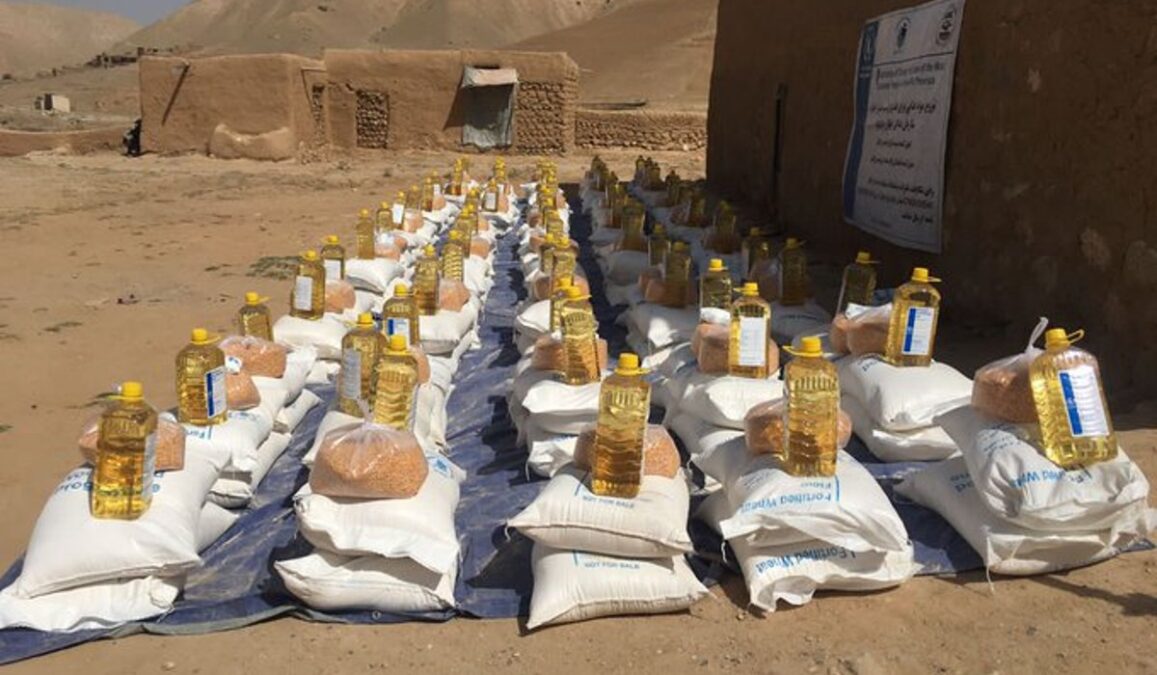In the bustling streets of Kabul, Baba Karim, a father of five, navigates the challenges of daily life as a porter, tirelessly shuttling people’s purchases on his pushcart. A shadow of his former self, Karim recalls a time before the Taliban’s resurgence in 2021 when he could earn a daily wage of 300 Afghani ($4) to 400 Afghani ($5.5).
Nowadays, on rare fortunate days, he barely manages to pocket 100 Afghani ($1.4) to 150 Afghani ($2). For Karim’s family, which includes three children with disabilities, assistance from the World Food Programme (WFP) has been a lifeline.
However, the recent decision by WFP to further reduce rations for an additional 2 million Afghans this month has sounded alarm bells, with the organization’s country director warning of a “catastrophic” winter if funding runs dry. People like Karim find themselves staring at a bleak and uncertain future.
“The situation was quite different in the past, when people enjoyed decent salaries and would purchase a lot. We would assist them by carrying their goods to their homes. But now, everything has changed. People’s financial resources have dwindled, and work at the bazaar has become scarce,” Karim said.
Karim and his family had been receiving cash assistance from the World Food Program (WFP) twice this year, amounting to 3,500 Afghani ($48) per payment. However, that lifeline has now been severed. “I’m consumed with worry about what lies ahead. With the assistance gone, I find myself staying awake through the night, fretting about my children’s future,” he shares.
This reduction in rations comes at a time when concerns are mounting over diminishing aid for Afghanistan. Despite downsizing the budget in response to funding shortfalls, the United Nations’ humanitarian response plan for the nation remains only a quarter funded.
The WFP anticipates that funding for food and cash assistance will run dry by the end of October, forcing the agency to steadily decrease assistance to a total of 10 million Afghans throughout the year. Moreover, the logistics of distributing food to areas that will be isolated during the harsh winter months have become increasingly challenging. Without adequate funding, the WFP warns that 90% of remote regions in dire need will be left without sustenance, and even accessible locations will suffer shortages during severe weather conditions.
Expressing deep concern, Hsiao-Wei Lee, WFP Afghanistan Country Director, states, “Entering the winter season with such limited resources and depleted reserves is a source of extreme worry for us.”
As Afghanistan emerges from decades of conflict and international isolation, with the Taliban in control since 2021 following the withdrawal of U.S.-backed foreign forces, approximately three-quarters of the population is in dire need of humanitarian assistance. Development aid, which once formed the backbone of government finances, has dwindled, and the administration grapples with sanctions and frozen central bank assets abroad.
Taliban-imposed restrictions on women, including the prohibition of most female Afghan humanitarian staff from working, hinder formal recognition and have deterred potential donors, many of whom have shifted their focus to other global crises.
To address the critical situation, the WFP said it urgently requires $1 billion in funding to provide essential food aid and execute planned projects through March, according to Lee. The fate of countless vulnerable people in Afghanistan hangs in the balance, as the international community grapples with the consequences of Afghanistan’s ongoing crisis.
Source: Reuters





